Voice
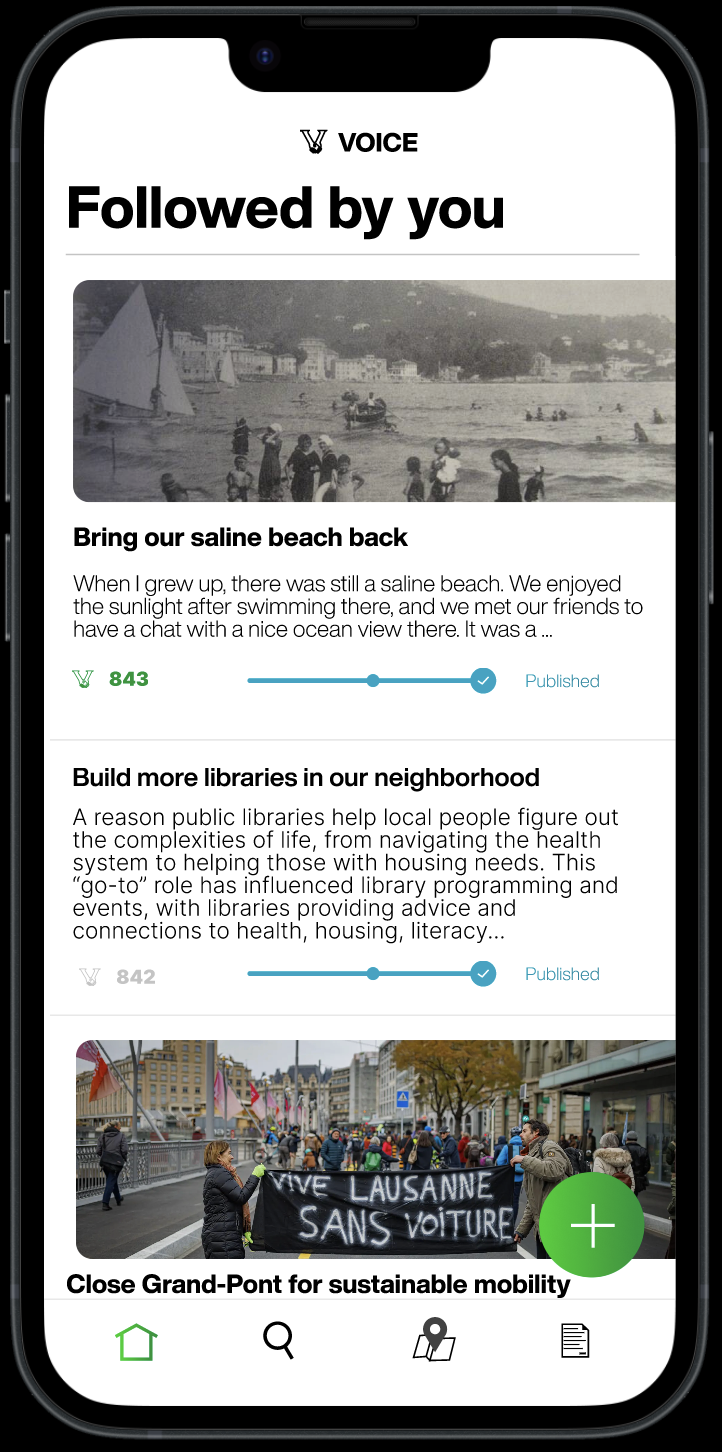
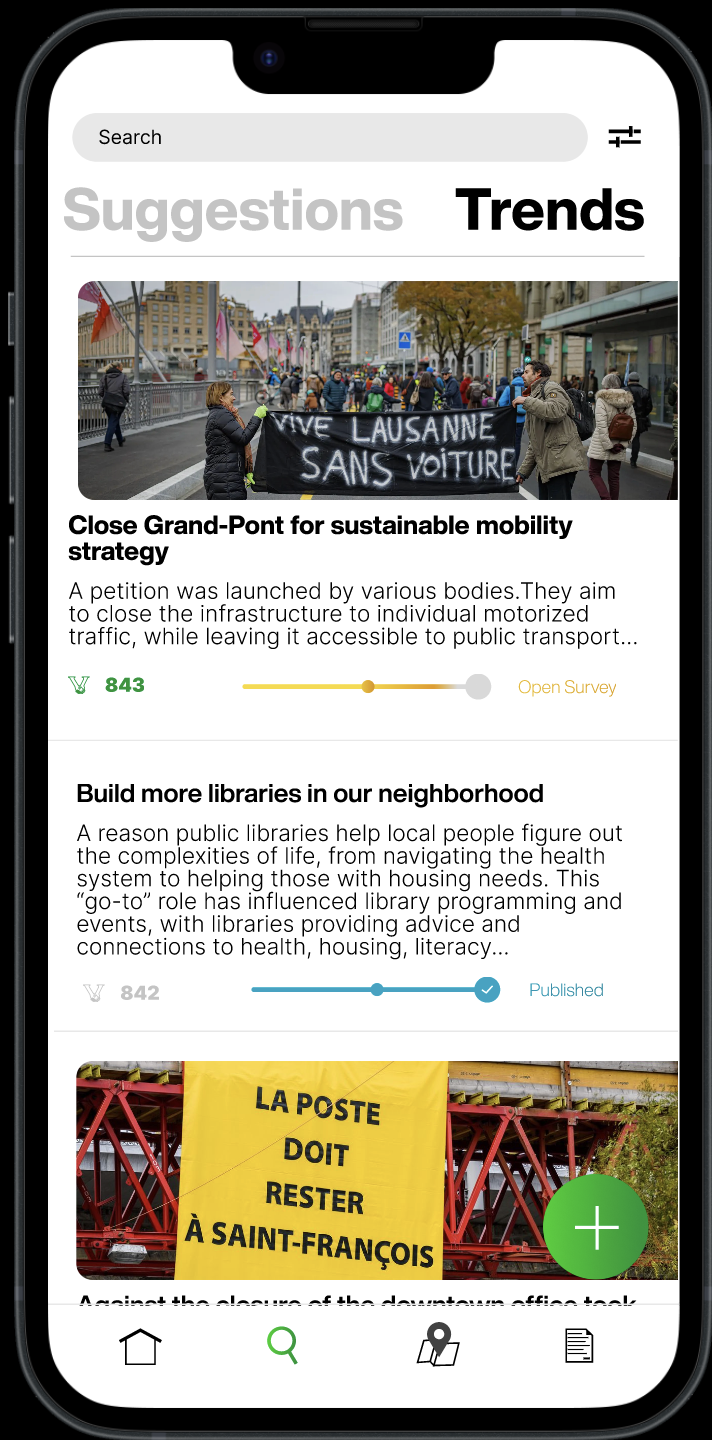
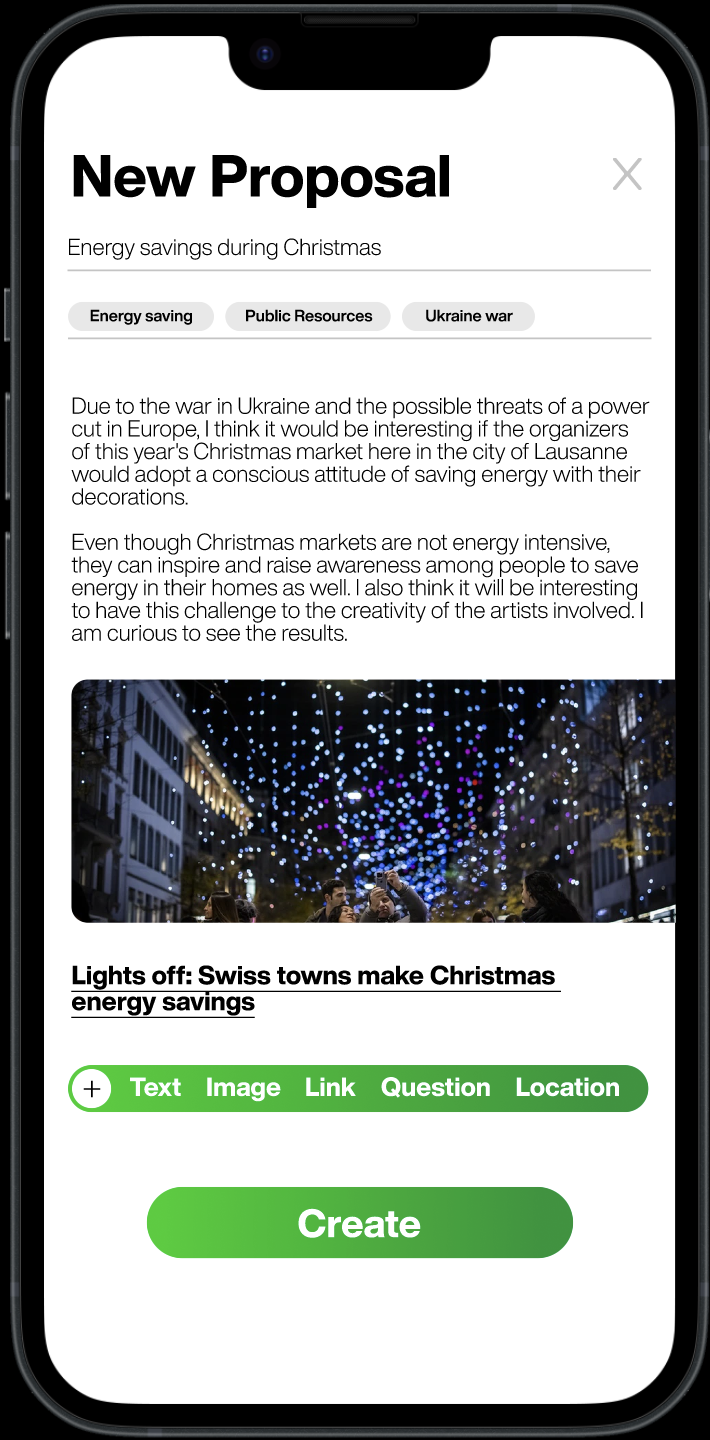
Key Takeaways
This project was created for the course "Design Research for Digital Innovation" at the EPFL+ECAL Lab.
In the project "Voice", we believe that citizens should be more involved in their city's long-term policy and urban planning. Our goal is to create a healthy environment where community discussions and local proposals flourish.
With our app, you can easily crowdsource support for your proposal, collect data to strengthen your proposals and present it to official bodies near you.
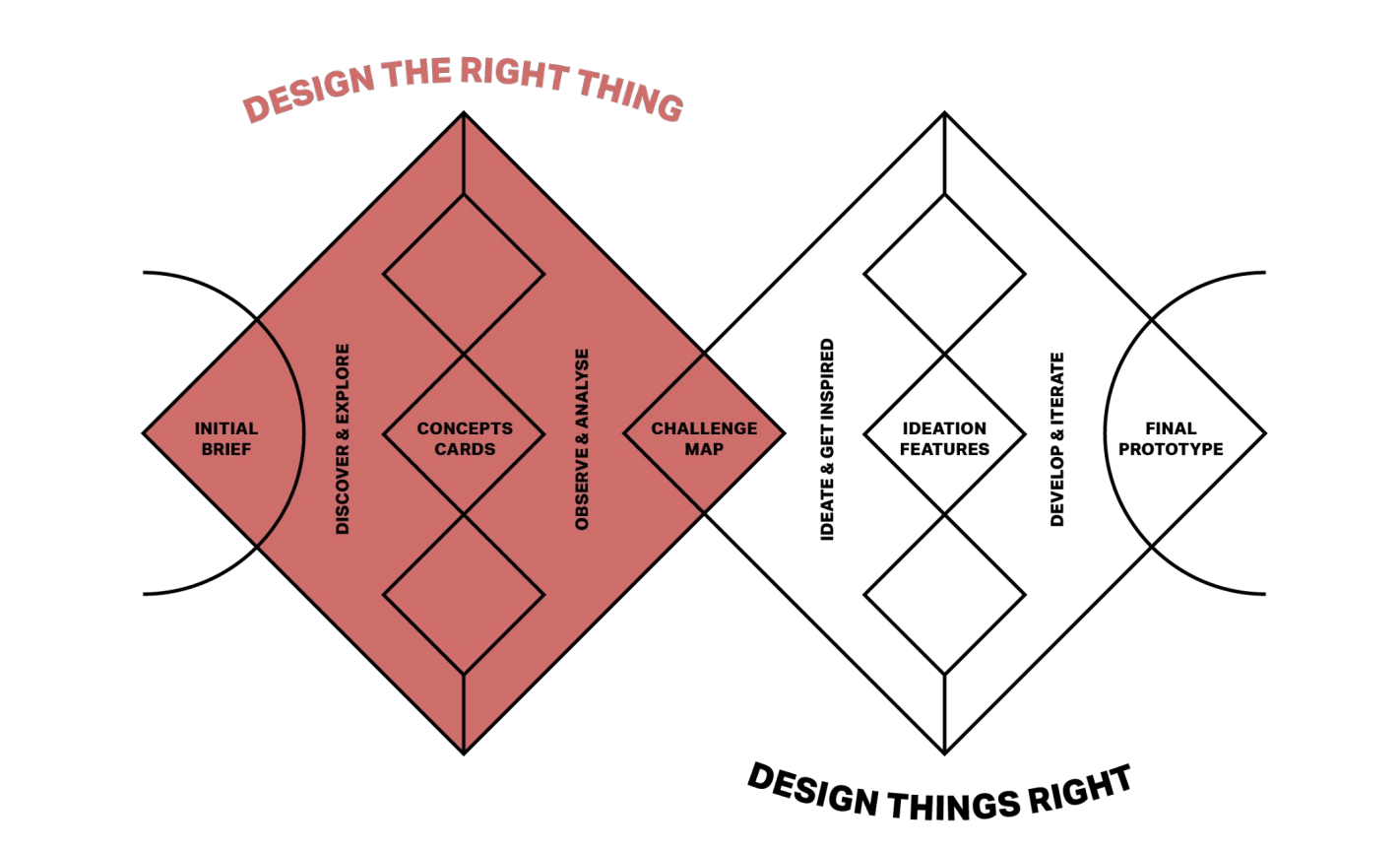
With my team we brainstormed possible ideas and performed a state of the art research in different areas.

We interviewed 5 people from different backgrounds and countries, plus we also collected quantitative data from our Instagram survey.
To analyse our results we applied the method of the research wall where we linked elements and insights from interviews and surveys to bring out knowledge.
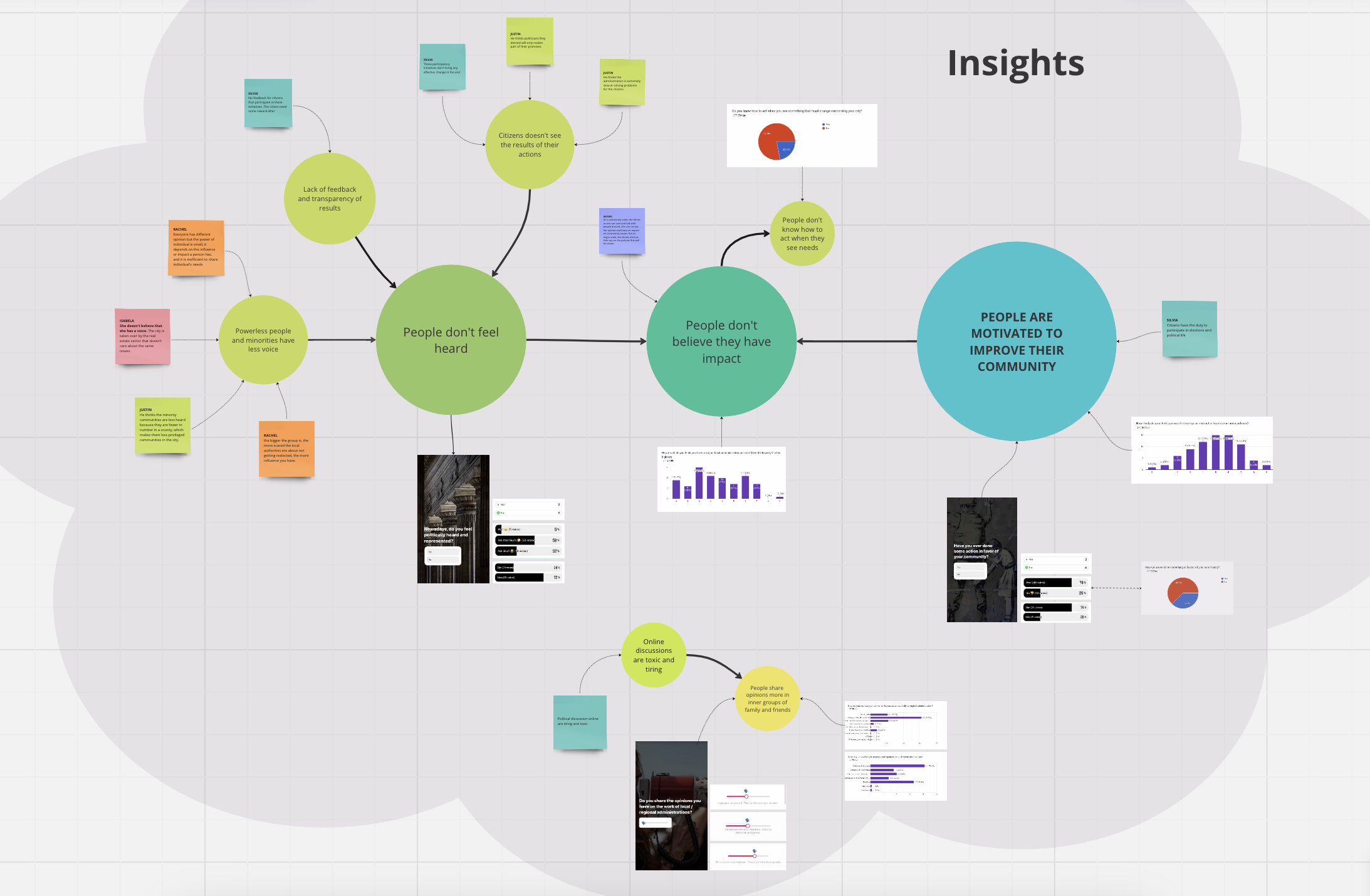
The deliverable of this phase is the challenge map, where we define for who we are designing, what we will design and why. Finally, we defined what design research hypothesis we want to answer.
We designed a moodboard for our app and then we described a persona and 3 scenarios. Finally, we developed a flow chart that will be the base for our prototype in Figma.

Our app evolves around the main feature of "proposal". Users can add or follow proposals that can affect urban planning or city policies. For each proposal there are three pages: Description, Survey and References.
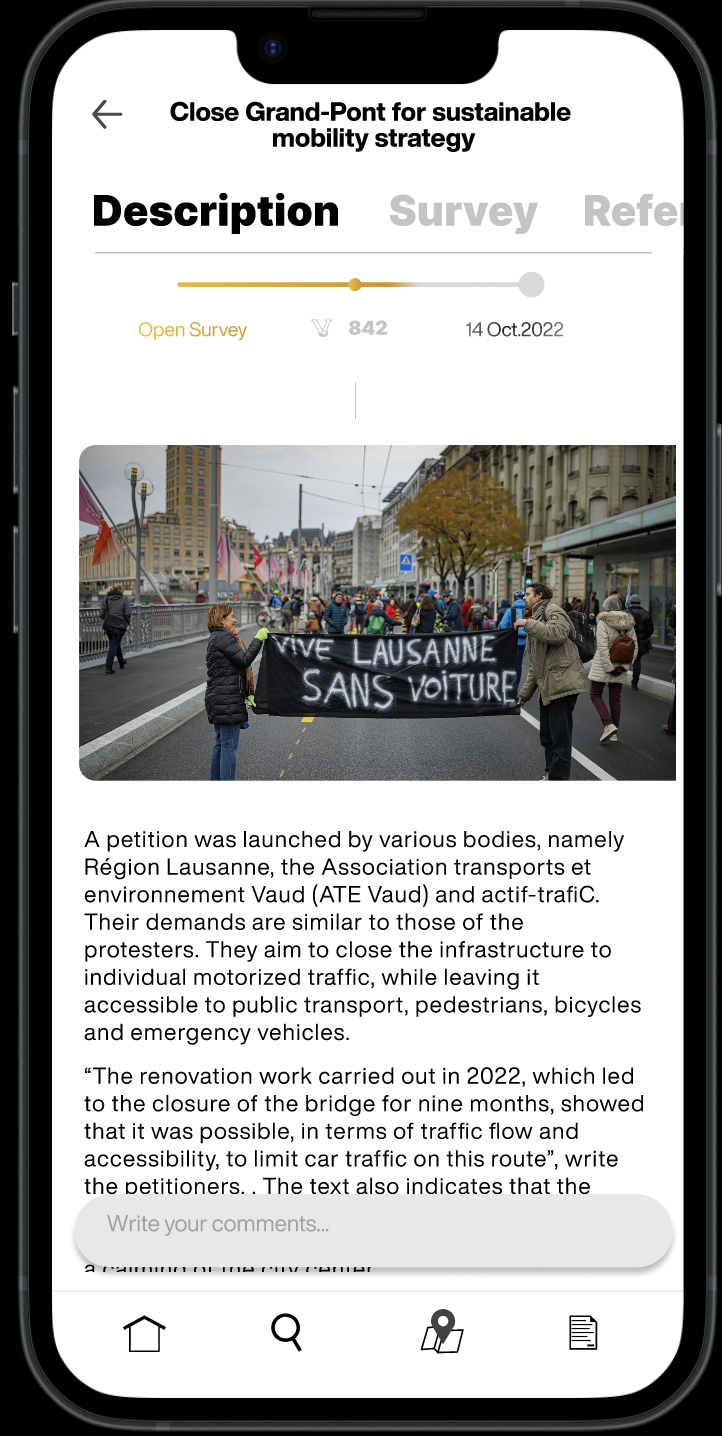
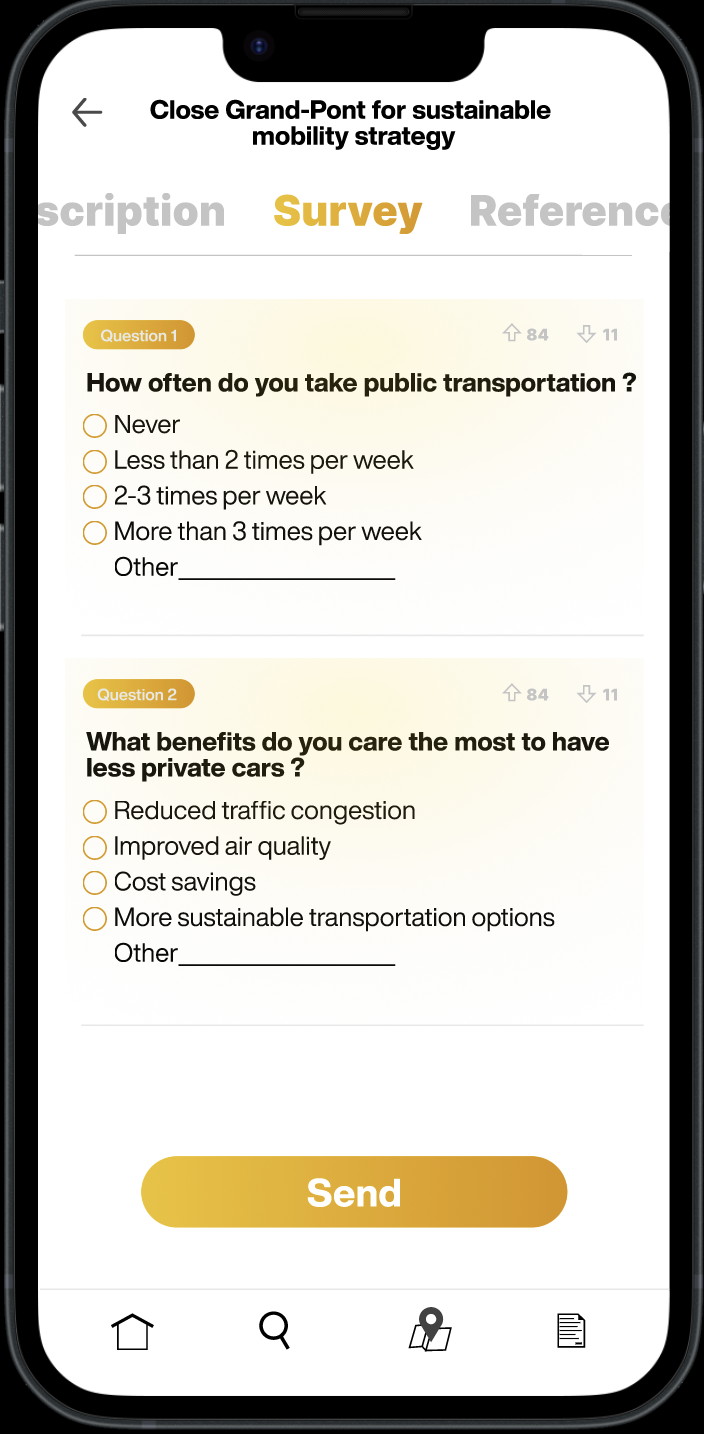
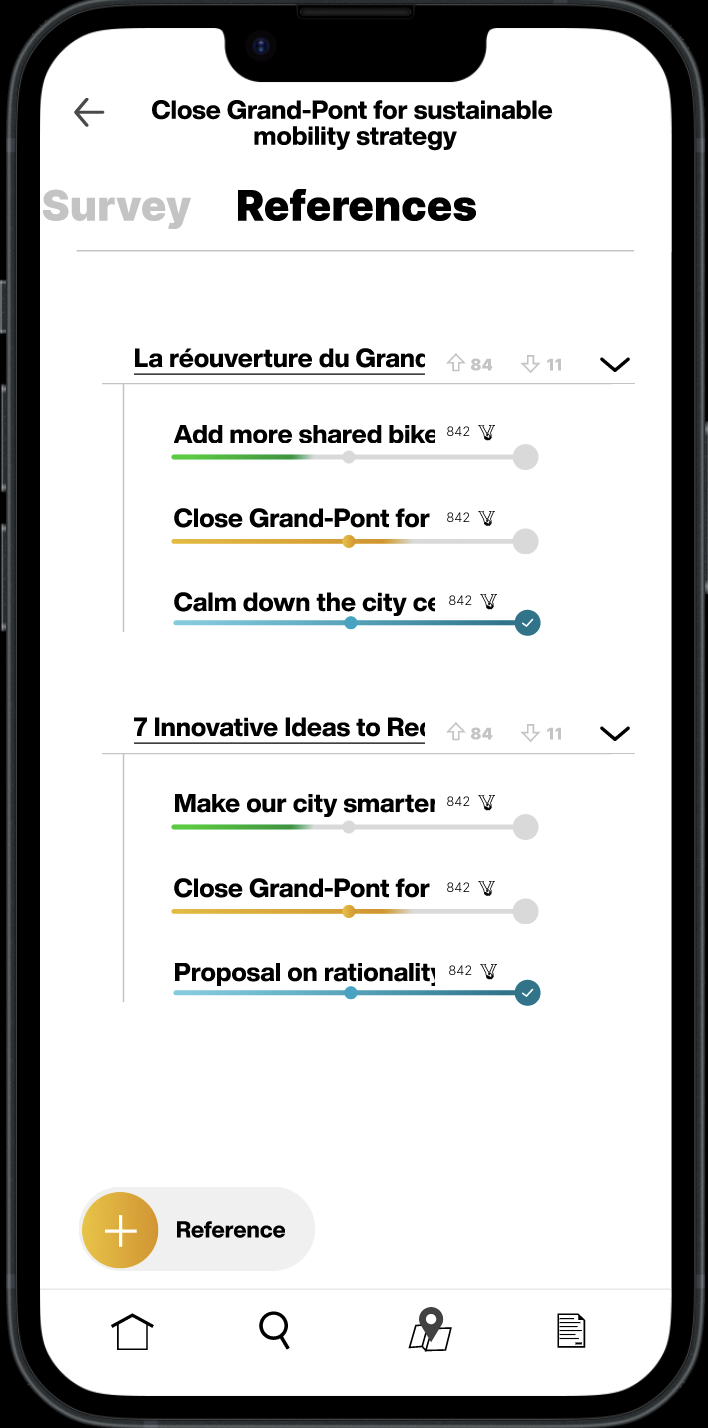
To help users in the creation of effective proposals we defined 3 temporal phases in the development of an effective motion:



For our user testing, we followed the method of task scenarios.
Results indicated that for our users, “Voice” is visually appealing, exciting, attractive, and inventive, and they give a 5.84/7 average score toward these features above. They also find the prototype efficient and supportive (5.85/7). At the same time, about half of our subjects found the prototype quite complicated (4.14/7) and confusing (4.42/7).
Furthermore, users recognize our work for realizing the initial goals. All of them give positive comments on “Voice” can better encourage people to propose and support the hot issues to improve society. Most of them (5/7 users) believe “Voice” can shorten the distance between citizens and authorities, and make individual voices better heard.
This course was fundamental for learning the basis of design research. I applied some UX research methods like interviews and surveys, plus I learned prototyping in Figma and I tested it by doing user testing.
What interested me particularly was the step between the data analysis (qualitative and quantitative) and the insights that will be the base of the prototype. How to better analyse, group and consolidate insights from the data?
In the future I would be happy to apply different research methods, both qualitative and quantitative, and test my results with A/B testing or the Think Aloud Protocol.
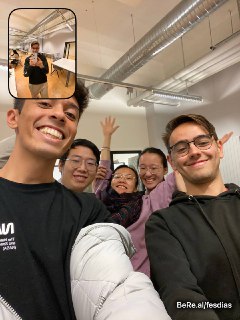
Team: Shasha Jiang, Xingchen Li, Davide Romano, Felipe Santana Dias, Mengjie Zou
Author: Davide Romano